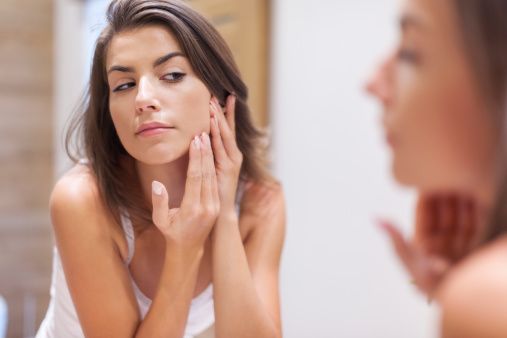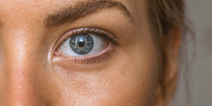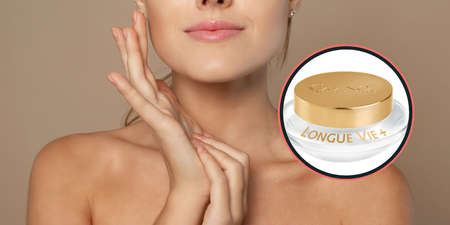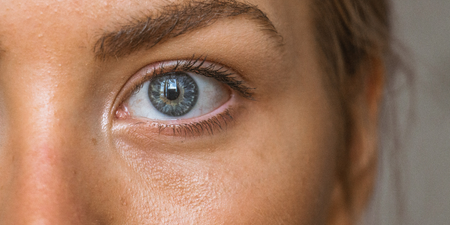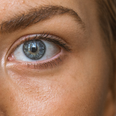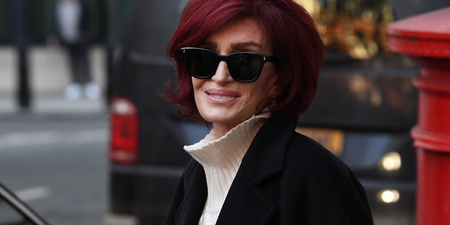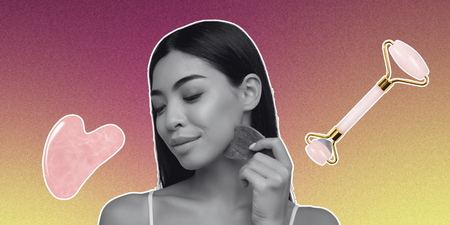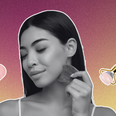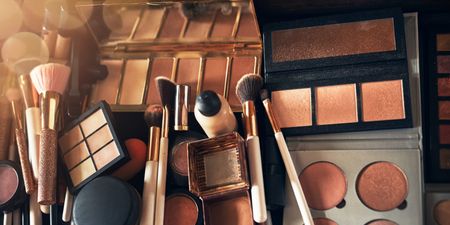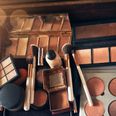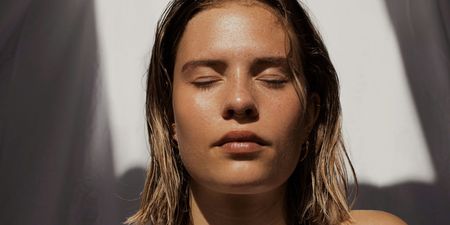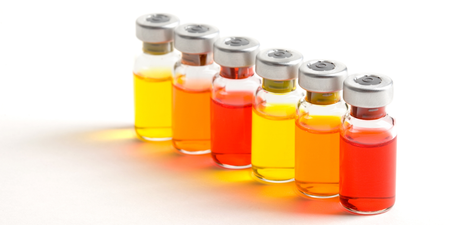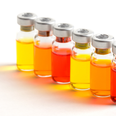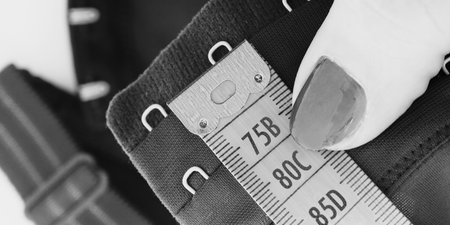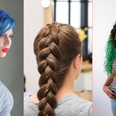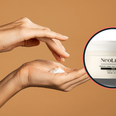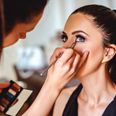Acne is a skincare condition that can cause severe distress to anyone suffering from it.
It is important to remember that people suffer from different types and varying degrees of this condition.
From hormonal acne that erupts at that time of the month to painful cystic bumps, this is a skin problem that can be quite problematic.
With that in mind, we decided it was time to call in an expert to find out the skin science behind the dreaded A word.
Irene Trowell, Managing Director at the Galway Laser & Skincare Clinic, gave us a very interesting insight into this skin condition.
What is the official definition for acne?
Acne tarda (adult acne) is defined as acne that develops (late-onset acne) or continues (persistent acne) after 25 years of age. It is more common in women.
The clinical features are quite specific: inflammatory acne in the lower facial region or macrocomedones (microcysts) spread over the face.
Can you elaborate on some of the common symptoms?
Hormonal breakouts/spots on the chin and/or jaw line – mainly becoming more inflamed during the premenstrual stage of a woman’s cycle (the week before her period).
An oily T-zone area (centre of the brows, nose and chin) with dry and flaky cheeks is very common.
However, when this issue is looked at more closely a pattern is often noticed. The breakouts tend to be more dominant on one side of the chin one month and likely to be more noticeable on the opposite side next month with a period of improvement for about 2 weeks during the month.
This all relates to hormonal changes within the body, as the hormones fluctuate with a woman’s natural cycle it affects the oil balance in the skin, thus increasing the feeding ground for the acne bacteria.
The severity of the condition can vary hugely, some women would not even consider that they are suffering from acne, only noticing a few spots that clear up quiet quickly, while others may be much more severely affected, with cystic breakouts (lumps under the skin- mainly seen on the jaw line area).
What are your top tips for looking after skin?
It is important to develop a good skincare routine especially from your mid-twenties.
If you suffer from regular breakouts, I would recommend a face wash rather than a creamy cleanser.
In my opinion, if you have a good facial cleanser, a toner isn’t always necessary. This is just my opinion and not everyone will agree.
Moisturiser is where many woman go wrong, for this age group your moisturiser should be light, more liquidly than a cream, quick to absorb and water based (or easier to find, “oil-free”).
Even for someone that has dryness on the cheeks this light moisturiser should be adequate, in most cases the cheeks are dehydrated so they will benefit from a water based product more so than a creamy oil based moisturiser.
It may take a week or two to see improvement on the dryer areas, so be patience at first, if the moisturiser is soaking in very quickly this is a good sign, it is being absorbed to where it is needed, don’t feel tempted to add more, stick with a small amount, spread it as best you can and be patience, you will notice the difference by week 2.
This should be a basic routine we all follow twice a day, once you have found products you are comfortable with then an eye cream and a SPF would be good to add to the routine.
If your skin is giving you trouble, what steps can you take?
For those that suffer with breakouts on the chin and jawline (adult acne/ hormonal breakouts) this basic routine may not be enough to notice significant improvement.
I would advise the addition of an active ingredient to help work at a deeper level within the skin, this can be found in a number of different forms, however I find the easiest application to be either a facial cleanser with the active ingredients included or a serum (liquid) that you will apply to the affected area before your moisturiser, some woman will need both to help control the problem.
The two most popular active ingredients used to control acne and breakouts are salicylic acid and glycolic acid. Care is needed when using these ingredients, instructions must be followed and I would advise to consult a skincare professional to recommend what would best suit you rather than buy products over the counter.
If these ingredients are over used or the strength is too much for your skin it may result in increased dryness. Most clinics offer a free consultation, take advantage of this, make sure you are being advised what products are best for your skin, and then you have a point of call if you experience any problems with the products.
Next week, we’re speaking to Irene about clinical treatments aimed at targeting acne.
